JEIC is seeing more and more courageous, innovative educators making strides towards transforming schools. Steve Freedman, the head of school at Hillel Day School of Metropolitan Detroit, is an example of this type of new leader.
This week, he wrote an article in Jeducation World about a transformation he helped to enact in the school.
Throughout this process, there are a number of crucial factors that contributed to the success of Freedman’s initiative.
- He developed a rubric for evaluating each idea for reinvigorating the school. Without presenting the guiding question and prioritizing resources, it would have been difficult to set forth a focused plan to redefine education for the 21st century.
- He moved his staff through a developmental process that took at least five years. Freedman understood that lasting change takes time to implement. Even under the best of circumstances, for a leader to take a willing staff through this sort of transformation, he or she must have the patience to think it through carefully. They must also have the funding to support a time-intensive process. Too often, a project like this fails because of a lack of results after one year. It takes a long time to enact lasting change, but it’s worth it.
- He did his own professional development.
Freedman did not attempt to bring in a consultant to share a prepackaged change product. The school worked as a team with his guidance to develop their own vision, process, and timeline.
- His driving question was about what the students need. It was not about the capacity of the teachers. This point cannot be stressed enough. Often, there is pressure to focus on the school’s existing capabilities, but to be successful, a school and its faculty must meet the needs of the students.
- He got all four of the big constituencies in Jewish education on board. Included in the formation of this process were the educators, the consumers (namely, parents and students), the funders (the Board of Trustees), and the influencers in the form of reading great thinkers like Dan Pink and Ken Robinson. In order for a school to succeed, especially through a transformation like this, all four of these constituencies must be in sync. What’s more, Freedman was able to control how the influencers came in, thus guiding the process to where he thought it needed to be.
These five points define why Hillel Day School’s transformation was successful. The educational leader controls the culture of the school, and Freedman did an excellent job doing just that. It is a prototype for the kind of change necessary to make Jewish Day Schools innovative and effective.

